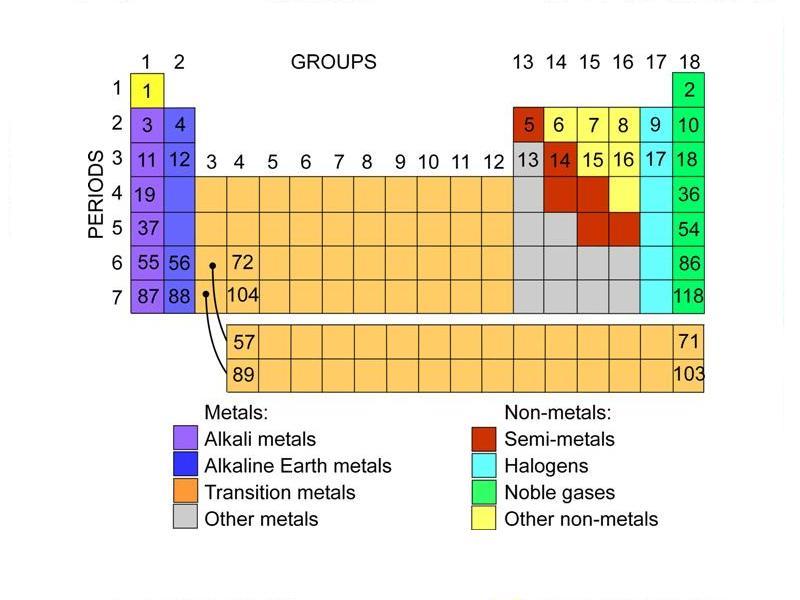Find out how one secondary school teacher created a lesson using Science Learning Hub resources to explain the periodic table and its uses.
I find this a very exciting and new way that I can learn.
The periodic table is not a dead thing, it’s still growing, growing and growing. I think [students] can see the relevance, that science isn’t stable.
Teacher
The lesson, Exploring the periodic table, incorporated three Science Learning Hub activities to facilitate student learning. The activities came from Investigating elements, Strange liquids and Nanoscience.
The observed lesson was with a year 11 top stream class of 23 students. The lesson was held in the school’s computer lab. The teacher guided the students to the Science Learning Hub website and then to the Investigating elements introduction page. Students worked through activities to do with the history of the periodic table (Development of the periodic table). The students then read the article States of matter to find two additional forms of matter in addition to solid, liquid and gas. Next, they read the introduction to the nanoscience resources and viewed the timeline From Faraday to nanotubes to explore the development of nanotechnology and consider how it might influence the future.
Students told the researcher they found the website easy to use and the activities interesting. One student said, “I find this a very exciting and new way that I can learn.”
Related videos
Watch this video of teachers explaining how they use Science Learning Hub resources: It's like having an expert right beside you
In this video, Professor Richard Haverkamp discusses what nanotechnology is: What is nanotechnology?
Related content
View Te taka pūmotu – the periodic table of elements. It lists the atomic number (tua iraho), atomic mass (tau karihi), element symbol (tohu), English names (kupu ingarihi) and Māori names (kupu Māori) for the first 103 elements.
The Science Learning Hub team has curated a collection of resources related to the periodic table of elements. Login to make this collection part of your private collection - just click on the copy icon. You can then add additional content, notes and make other changes. Registering an account for the Science Learning Hub is easy and free – sign up with your email address or Google account. Look for the Sign in button at the top of each page.

